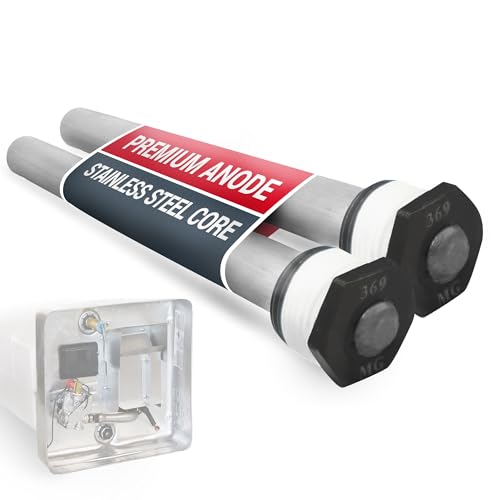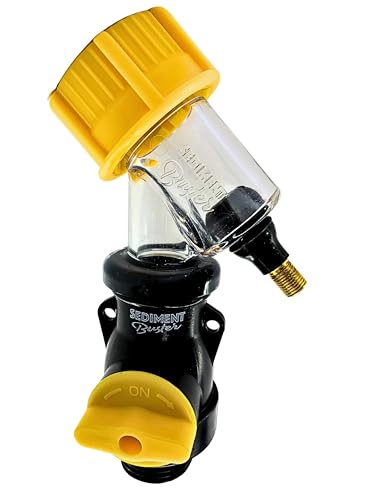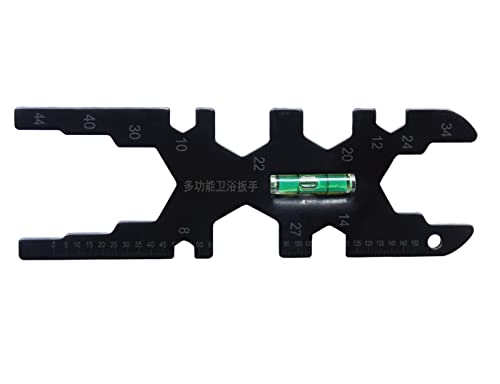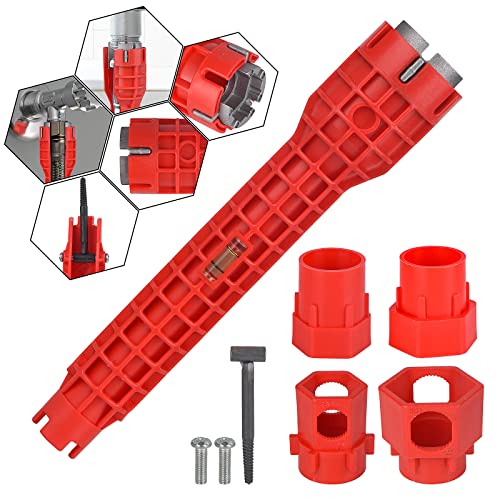Noah Katz
Member
- Joined
- Jul 16, 2023
- Messages
- 5
- Reaction score
- 0
My girlfriend's parents got a new washing machine that apparently has a much higher discharge rate out of the drain hose than their decades-old previous machine, so the 1 1/2" standpipe (house is 65 yr old) can't handle the flow.
She got a quote for $1500 to replace the standpipe with a larger one, as well as the old water supply valves.
What I'm wondering is, won't it have to neck down to mate with what I presume is a reducing T in the sewer drain pipe?
I expect that would greatly limit the increase in flow rate.
I wouldn't think that $1500 would include digging underneath the house's slab foundation to replace the T; tis is a high labor rate area (San Francisco peninsula).
The only mitigating possibility that I can think of is that the pipe is bigger below the P-trap.
I'd appreciate some clarifying knowledge.
She got a quote for $1500 to replace the standpipe with a larger one, as well as the old water supply valves.
What I'm wondering is, won't it have to neck down to mate with what I presume is a reducing T in the sewer drain pipe?
I expect that would greatly limit the increase in flow rate.
I wouldn't think that $1500 would include digging underneath the house's slab foundation to replace the T; tis is a high labor rate area (San Francisco peninsula).
The only mitigating possibility that I can think of is that the pipe is bigger below the P-trap.
I'd appreciate some clarifying knowledge.
Last edited:





















































